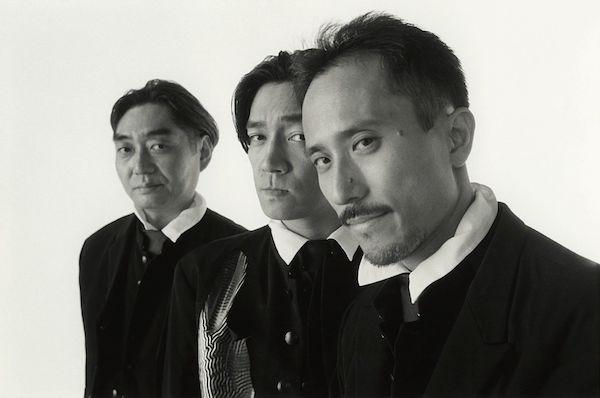Discographies
Sort By: Post Date TitlePublish Date
|
Aug 20, 2021
|
Aug 13, 2021
|
Aug 06, 2021
|
Apr 03, 2019
|
Oct 31, 2010
|
Oct 31, 2010
|
Oct 31, 2010















